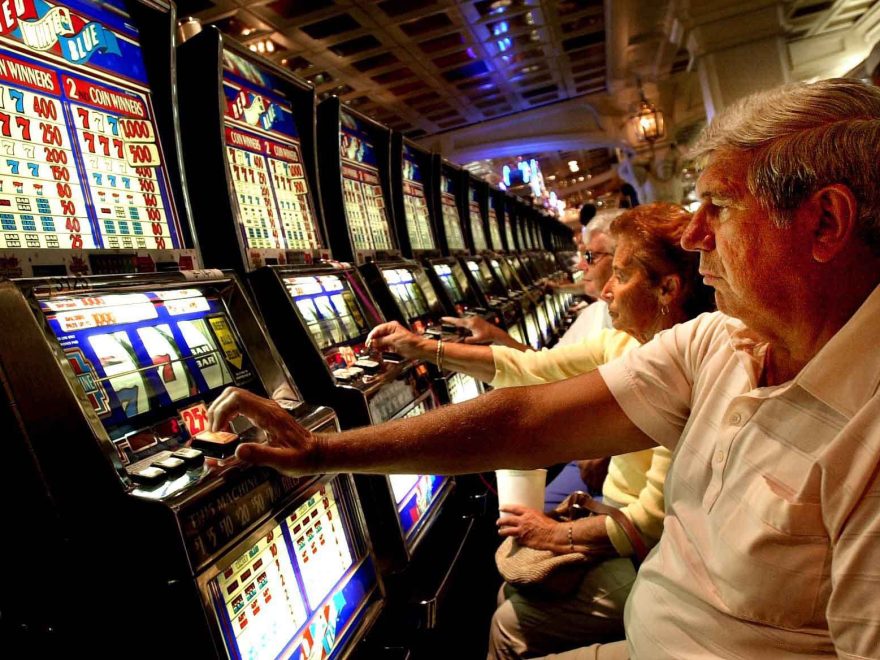Slot machines have become a ubiquitous presence in casinos, bars, and even online platforms. These machines are designed to captivate and entice players, keeping them engaged for hours on end. But have you ever wondered why slot machines are so addictive? The answer lies in the psychology behind their design.
One of the key elements of slot machine design is the concept of variable rewards. Unlike other forms of gambling, such as blackjack or poker, where the outcome is determined by skill, slot machines rely solely on chance. This unpredictability creates a sense of excitement and anticipation, as players never know when they might hit the jackpot. The intermittent reinforcement of winning, even small amounts, keeps players hooked and encourages them to keep playing.
Another psychological aspect of slot machine design is the use of bright colors, flashing lights, and catchy sounds. These sensory stimuli are carefully crafted to grab the attention of players and create a stimulating environment. The vibrant graphics and animations are designed to trigger a release of dopamine, a neurotransmitter associated with pleasure and reward. This dopamine release reinforces the behavior of playing the slot machine, making it difficult for players to resist the urge to continue.
Furthermore, slot machines are strategically placed in casinos to maximize their impact. They are often located near the entrance or in high-traffic areas, ensuring that players are constantly exposed to their allure. The constant visual and auditory stimulation creates a sense of immersion, making it easy for players to lose track of time and spend more money than they intended.
Slot machine designers also employ a technique known as near-miss programming. This involves creating situations where players come close to winning but fall just short. For example, the symbols on the reels may align เกมสล็อต in a way that appears to be a winning combination, only to stop one symbol short. These near-misses create a sense of near-victory, tricking players into thinking that they were close to winning and encouraging them to keep playing in the hopes of achieving a real win.
In addition to these psychological tactics, slot machines also incorporate a concept known as loss disguised as a win. This occurs when players win an amount that is less than their original bet, but the machine presents it as a win. For example, if a player bets $10 and wins $5, the machine will still play the winning sound and display flashing lights, giving the illusion of a victory. This deceptive technique makes players feel like they are winning, even when they are actually losing money.
The psychology behind slot machine design is a powerful force that keeps players coming back for more. The combination of variable rewards, sensory stimuli, strategic placement, near-miss programming, and loss disguised as a win creates an addictive experience that is difficult to resist. Understanding these psychological tactics can help individuals make more informed decisions when it comes to gambling and avoid falling into the trap of slot machine addiction.

